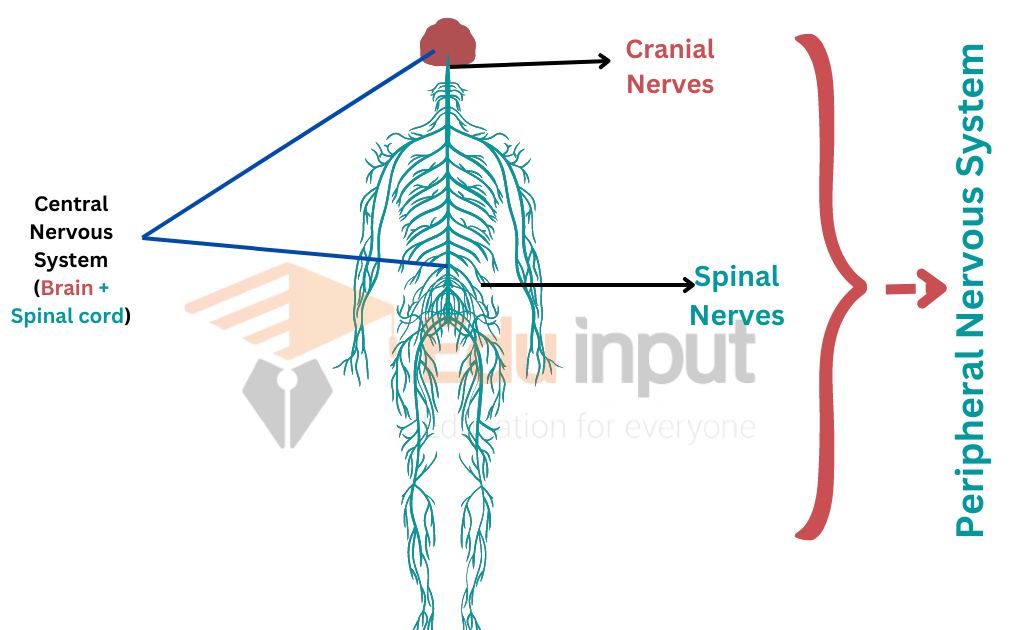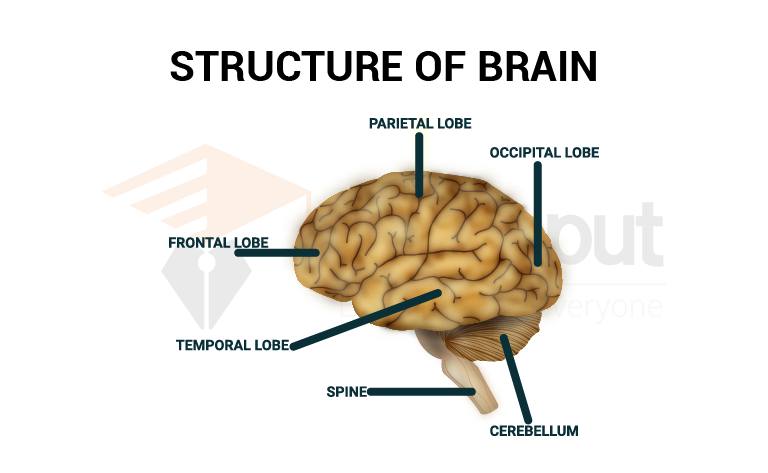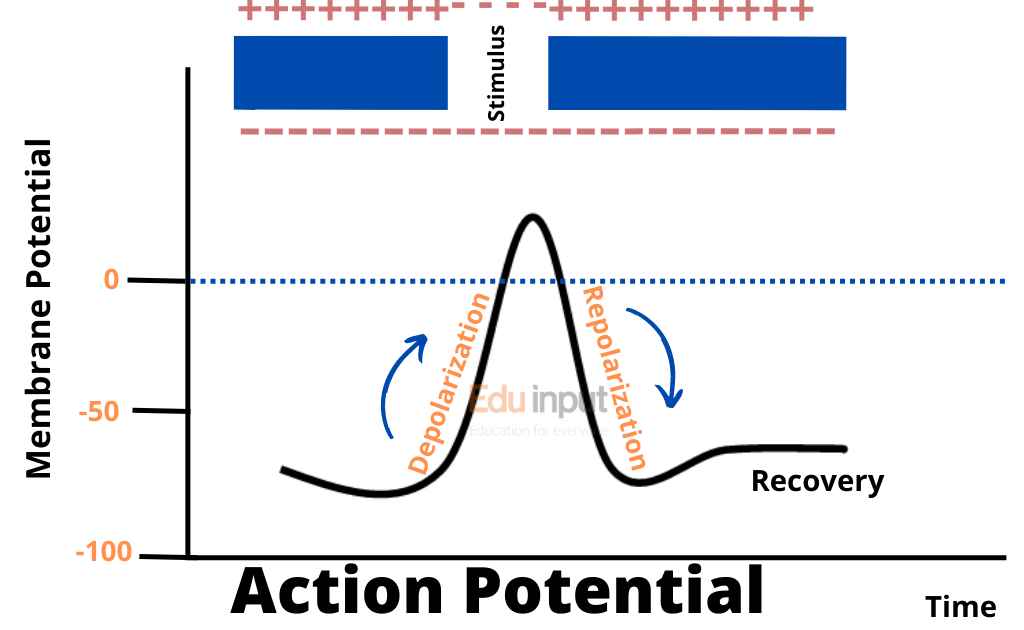What is Animal Behavior?-Definition and Types
The way of living of an animal is called animal behavior. Behavior is divided into main types, innate behavior and learned behavior. Behavior refers to the aggregate of acts or reactions produced by an organism, an individual, or a system.
It may be induced by stimuli, internal or external, conscious, or subconscious, overt or covert, and voluntary or involuntary.
Animals interact with other members of their species, with organisms of other species, and with their environment in many ways. Behavior can be defined more narrowly as a change in activity in response to a cue or stimuli.

Types of Behavior
Animal behavior might be innate. It’s possible that it’s based on the instinct or natural action of the cell. It can be acquired based on previous experiences. Genetics seem to affect the behavior of an individual. Behavioral genetics examines the role of genetic and environmental factors in the behavior of animals.
Innate Behavior
The collection of responses predetermined by the inheritance of specific nerve or cytoplasmic pathways (unicellular) in organisms is called innate behavior.
These organisms have built-in pathways. So a given stimulus produces the same response in all cases. All plant behavior is innate.
This behavior patterns develops and refines over many selected generations. The adaptation of this behavior depends on the survival of the species. Such behavior does not need the higher center of the nervous system. Therefore, it produces economy (similar to me the nerve pathways within multicellular organisms.
Types of innate behavior
There are following types of innate behavior:
Orientation
This type of behavior concerns the day-to-day movements of an organism. Orientation has two types:
Kinesis: It is a behavior in which an organism changes the speed of random movements which helps them to survive in an environment. For example, behavior enables the pillpugs to reach the moist area. The moist area is necessary for their life.
Taxes (plural: taxes): The directed movement of an organism is called a taxi. It may be positive taxis or negative taxis.
Learned Behavior
learned behaviors are flexible, and dynamic, and can be altered relative to changes in the environment.
Learned behaviors, even though they may have instinctive components, allow an organism to adapt to changes in the environment and are modified by previous experiences.
Habituation and imprinting are the foundation of all learning. All young animals learn through these processes. When we imprint on an object, we form a relationship with that object.
Reflexes and Instincts
These are extremely complex behavior. It includes biological rhythms, territorial, mating Behavior, aggression, courtship, and social hierarchies, altruism, social organizations.
Latest Research About Animal Behavior
- Scientists have explored the idea of clustering students based on their online learning behavior. By analyzing 8 tracking variables such as total time spent online and total number of logins, they aimed to identify student groups that would benefit from the same intervention in the AC-ware Tutor. The analysis involved data preprocessing, dimensionality reduction, clustering, and posttest performance analysis. The results were also used to create a decision tree for a human-readable description of student clusters, which could help in providing more adaptive scaffolding by the intelligent tutoring system or a human teacher. [1]
- In a cross-sectional study conducted during the COVID-19 pandemic, researchers explored the relationship between self-control, self-efficacy, and demographic characteristics with home-based e-learning behavior in nursing and midwifery undergraduates. As the pandemic led to extended periods of home isolation, limited research had been conducted on e-learning behavior during this time. [2]

 written by
written by 




Leave a Reply